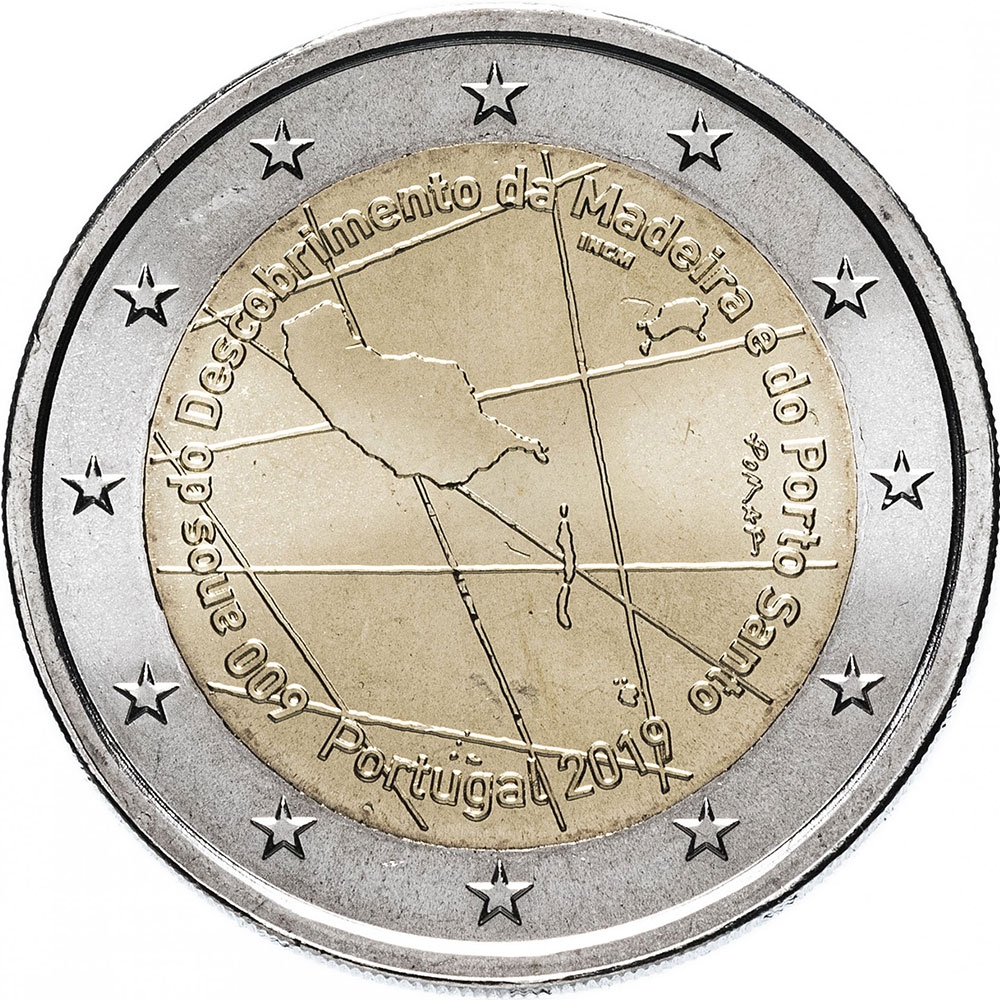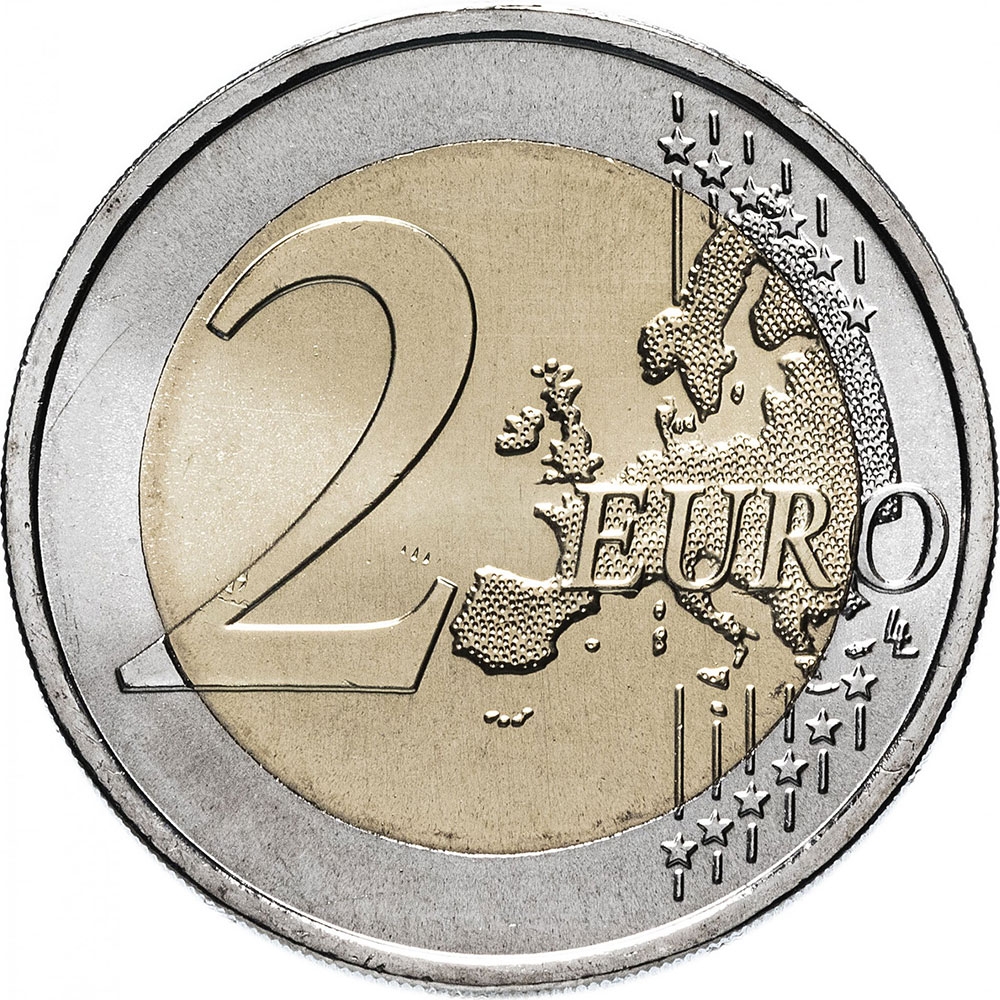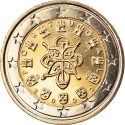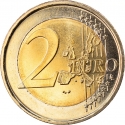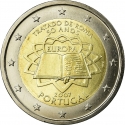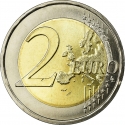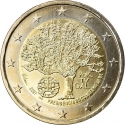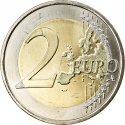You are about to finish your registration. Please check your mailbox (including spam folder). There should be a letter with a confirmation link. Check setting to make sure that your e-mail address is correct.
Send letter againDescription
The event, known as the first Portuguese territorial discovery, marked a historic milestone in the consolidation of Portugal as a maritime power and gave rise to the Portuguese Age of Discoveries (1418-1522).
In 1419 two captains of Prince Henry the Navigator, João Gonçalves Zarco and Tristão Vaz Teixeira, were driven by a storm to the island they called Porto Santo, or Holy Harbour, in gratitude for their rescue from shipwreck. The next year an expedition was sent to populate the island, and, Madeira being described, they made for it, and took possession on behalf of the Portuguese crown, together with captain Bartolomeu Perestrello.
The islands started to be settled circa 1420 or 1425. On September 23, 1433, the name Ilha da Madeira (Madeira Island or "island of the wood") appears in a map, by the first time, in a document.
Obverse

|
Depicts maps of the Madeira Archipelago and the island of Porto Santo surrounded by the inscription "600th Anniversary of the Madeira and Porto Santo Discovery". 600 anos do Descobrimento da Madeira e de Porto Santo |
|---|---|
Reverse

|
A geographical map of Western Europe spans the outer ring and inner core on the right side of the coin. The inscription 2 EURO is superimposed over the map of Europe, with the numeral “2” located in an open field representing the eastern Atlantic Ocean. 2 EURO |
| Edge |
The edge design features the seven castles and five coats of arms also found on the national side, all equally spaced. |
Swap now (2 offers)
Characteristics
| Type | Commemorative Issue (Circulating) |
| Material | Bi-Metallic |
| Ring | Cupronickel |
| Center | Nickel Brass |
| Weight | 8.5 g |
| Diameter | 25.75 mm |
| Thickness | 2.2 mm |
| Shape |
|
| Alignment | Medal |
| Mint |
Portuguese Mint and Official Printing Office (INCM)
|
